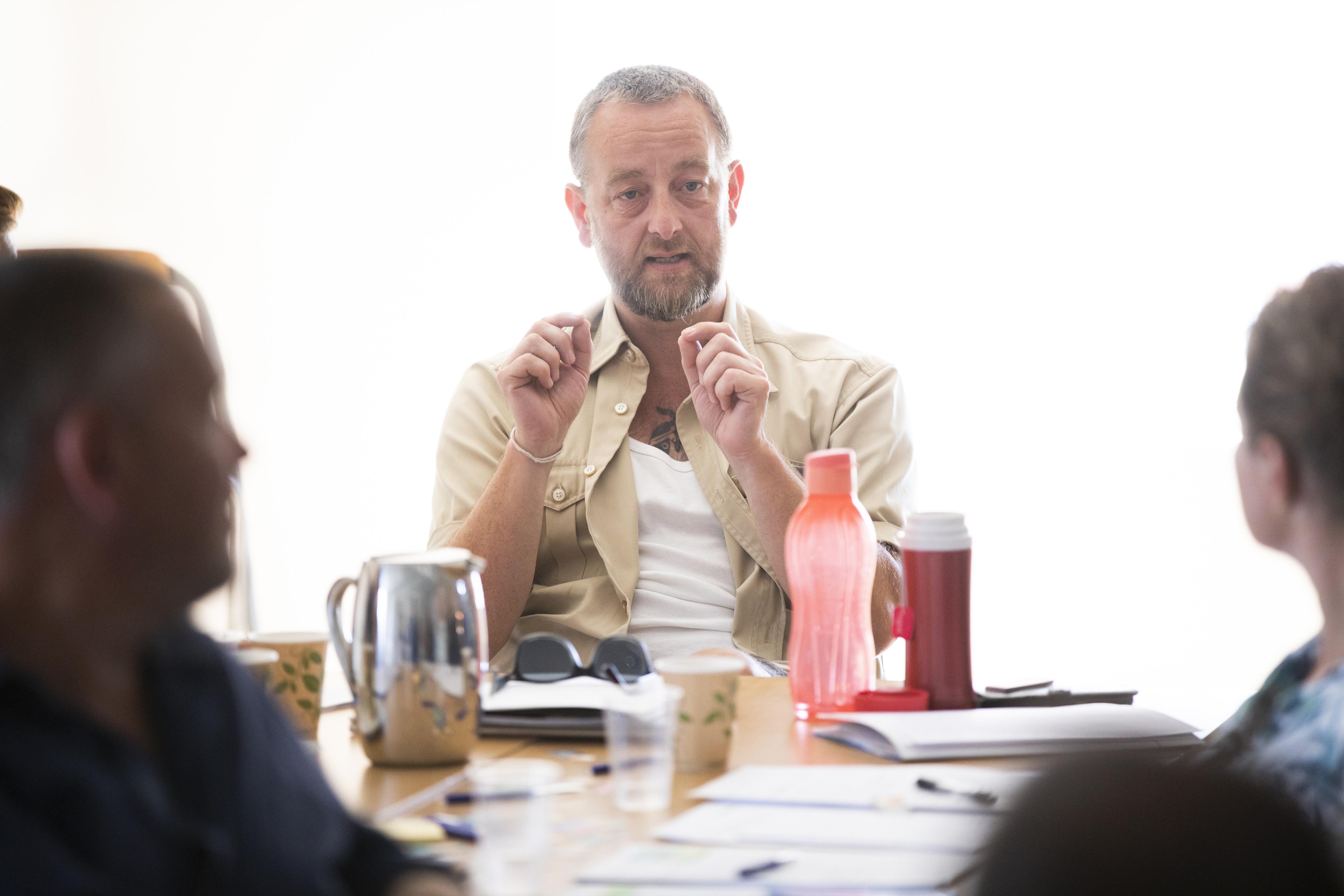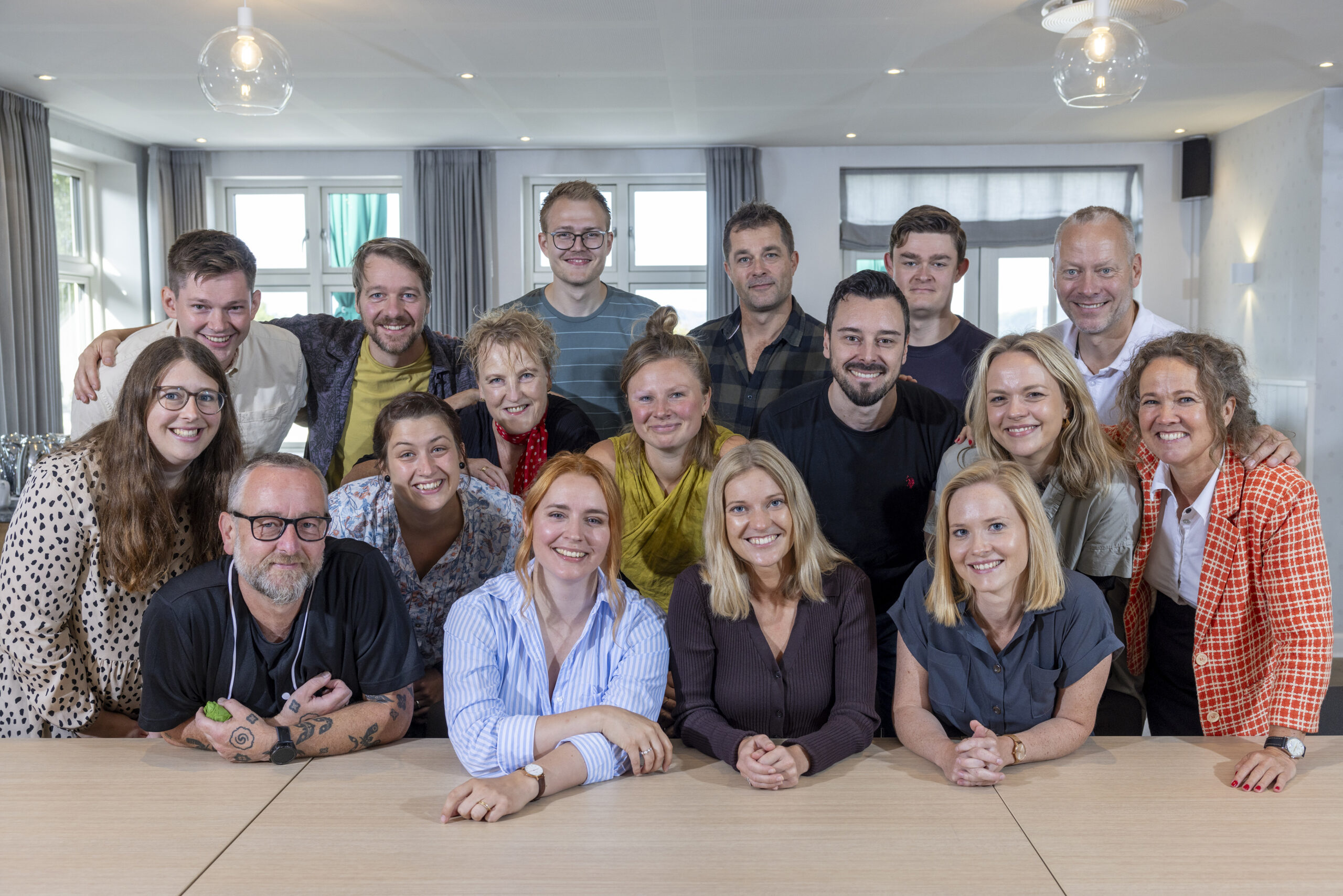10 things to consider before offering counselling online
1. Consider who your target group is. When advising the municipalities regarding online counselling, one of the points we like to emphasise is that it is very hard, if not downright impossible, to make a counselling website that will be used by the entire youth population. We thought so ourselves at the launch of Cyberhus.dk, and as a result, we ended up with a website that was trying to do way too many things at once.
2. Consider the purpose of your counselling website.
It is important to consider exactly what it is that you want to achieve with online counselling. Many tend to believe that the online chat can be used as a tool to make the troubled youth seek help in the “real world”. This view is not necessarily problematic. However, if this becomes influential on the interaction with young people in the digital space, then it is very likely that young people will stop using online counselling.
3. Framework regarding the counselling offer
Before bringing the chat online, it is important to consider how the chat counselling is framed. Some people may think: “You can run the chat from anywhere, anytime as long as you have a computer”. It is rarely that simple. It is necessary to consider the physical setting as well: How are you sitting and where? What is acceptable to be doing while chatting? Can you take a phone call or answer emails while having a chat session? Is it okay for colleagues to interrupt you during a chat session? As a chat counsellor, you have to be “on”, which means that the chat must have your full and undivided attention.
4. Advisable to use an interdisciplinary workforce
In some municipalities, the counselling is manned by people from one department, while in others, the team consists of people from a number of different areas. This interdisciplinary approach enables young people to meet people with a lot of different professional backgrounds in the chat, which increases the likelihood that the young person will get the best and most relevant counselling possible. By manning the chat with people from different department, your co-workers also get the opportunity to think of creative ways to use the chat as a tool. This in turn is helpful in implementing the online counselling and integrating it as a useful supplement to your existing municipal practice.
5. Take care of each other.
One piece of feedback which we often receive from the municipalities is that it is advantageous for the counsellors to work in pairs. During digital counselling, you meet young people who talk about complicated problems, and they often start doing so quite early in the conversation. For this reason, the counsellors benefit from knowing that they are not alone, and that they can talk to their fellow counsellor if they need to discuss certain dilemmas where it is useful to have a second opinion.
6. Use the manual.
When the municipalities decide to start offering online counselling, they receive a manual which, among other things, contains experiences and knowledge on online counselling from CDYC. The manual also has some blank pages where the municipalities are free to write down their own practice so that the knowledge from CDYC can be integrated into existing practice. Some municipalities use the manual a great deal and have made it their own while other municipalities tend to almost forget that the manual exists. We recommend using the manual while also continuously noting the ways in which the local practice differs from the practice used at Cyberhus, this way maintaining the high quality of the online counselling.
7. It takes time.
For most people, online counselling is a new tool, and like all new tools, it takes time to master. Being good at meeting young people at eye-level on the street does not necessarily entail that you will immediately be good at chat counselling or responding to posts on the problem page.
8. Think outside the box.
When the municipalities are given access to the chat, they have the option to do 1-1 chats, group-chats and invite-only chat sessions. Everyone begins by doing 1-1 chat sessions, and that is a really good way to get off to a good start. Unfortunately, not many municipalities think beyond this approach. For example, the group-chat format can be used as a way to support eventual physical meetings by placing different young people, who are all trying to deal with a specific kind of problem, in an anonymous virtual space, thereby giving them a sense that they are not alone in having problems.
9. Spread awareness of the chat at a local level.
In our experiences, the municipalities that have had the largest amount of chat visitors are the ones which have put effort into spreading awareness of the local chat. Ways of doing so includes:
- Making it visible when the chat is open and being so on the locations where the young people hang out in their spare time
- Collaborating with schools, high schools and the like in order to make the chat visible on their internal digital platforms
- Using the media kit offered by CfDP.
10. Municipalities should share their experiences with each other.
This bridge-building-concept presently consists of 14 municipalities, many of which have been doing online counselling for several years. During such a process, it makes good sense for municipalities to share their experiences with each other and for new municipalities to reach out to the more well-established ones so that they can benefit from their experiences, both the good and the bad. It is important to remember that ultimately, we are all working with the same kind of young people. And if you, as a newly started municipality, are about to take up online counselling, you will get off to a very good start by seeking advice from municipalities who have had online counselling for quite some time.
This work by CDYC (CPDP) was developed in the project “Digitally Agile Youth Work” with funding from Erasmus+. It is licensed under a Creative Commons Attribution- ShareAlike 4.0 International License. Permissions beyond the scope of this license may be available at our webpage www.cfdp.dk. The full collection includes materials from partners from Scotland, Ireland, Finland, Austria, Germany and Denmark. This can be found at www.digitalyouthwork.eu







Hvis du vil sætte et par ord på din feedback, vil det hjælpe os rigtig meget til at forbedre vores indhold.